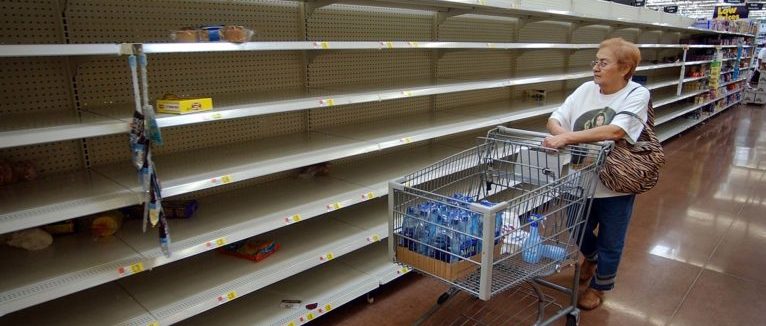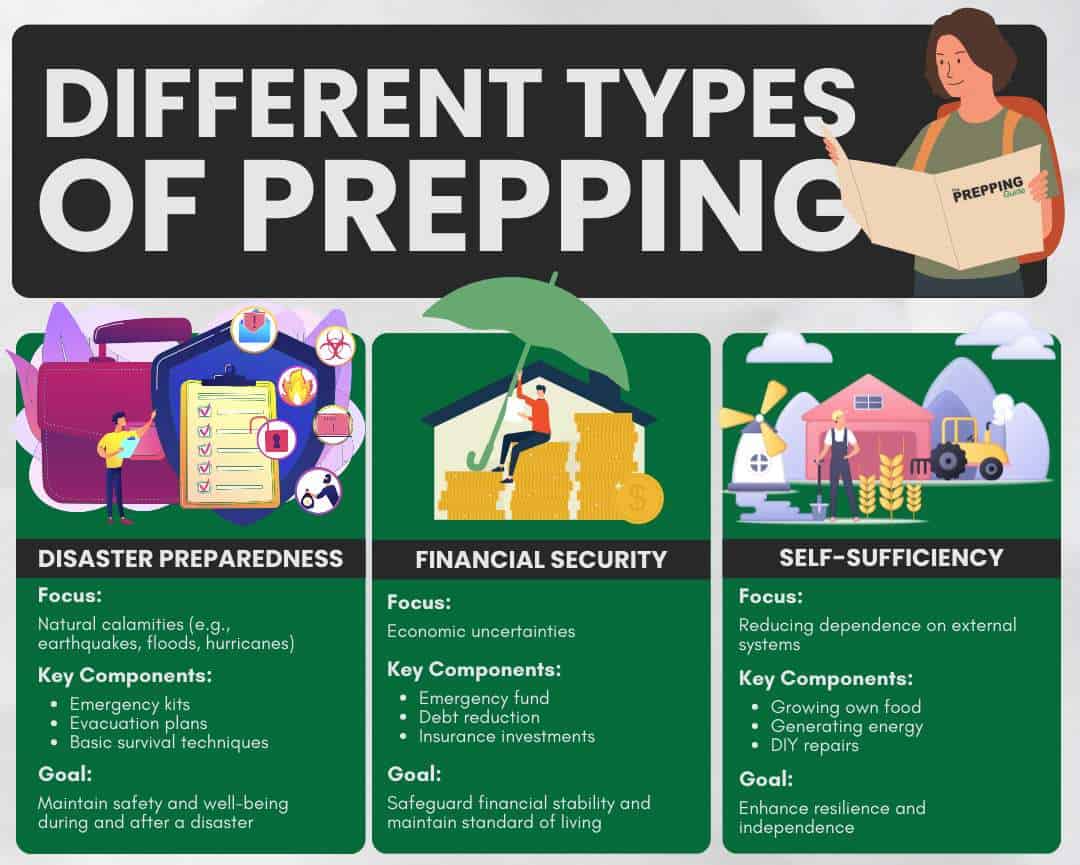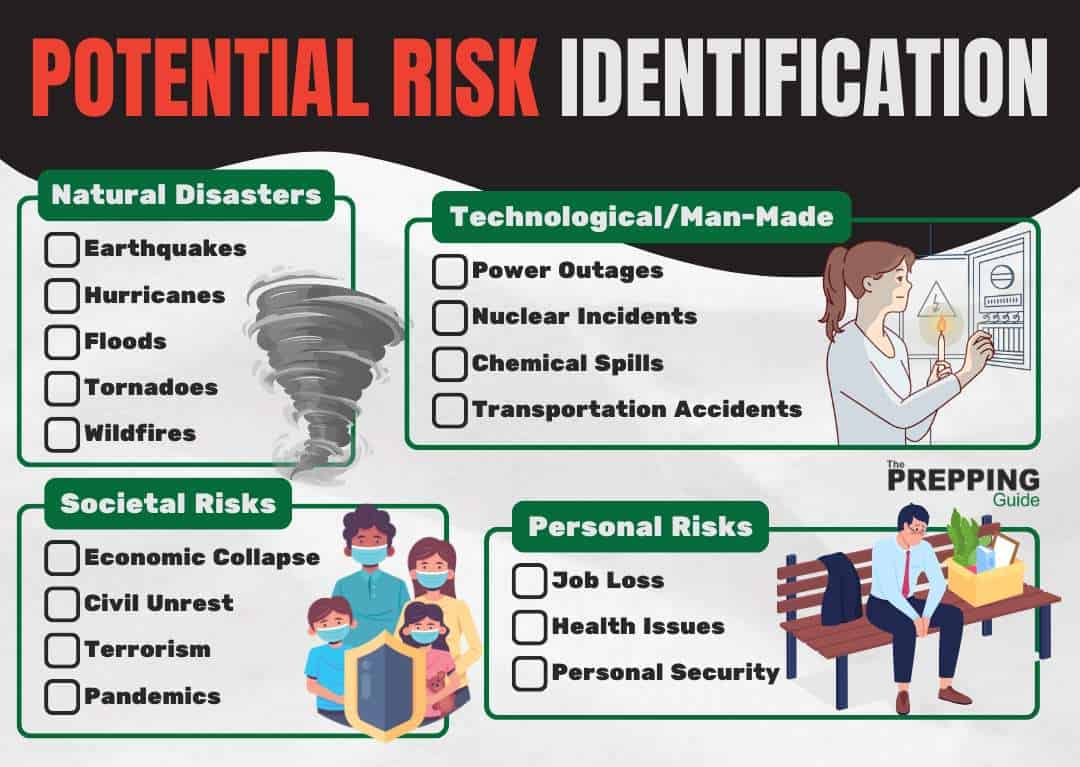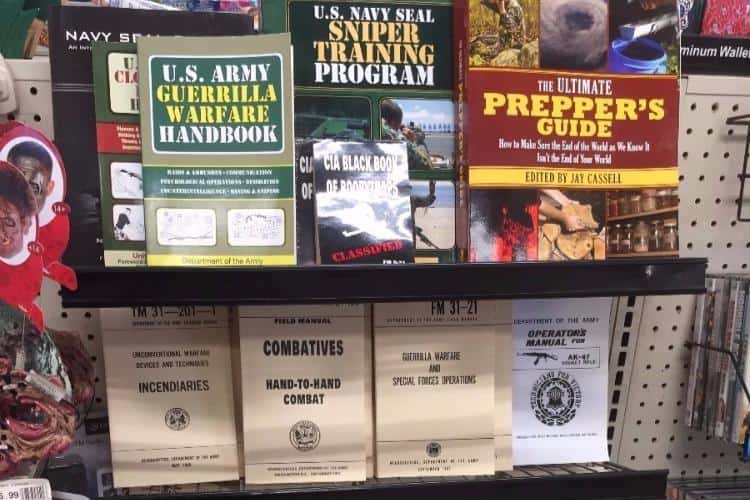
In today’s unpredictable world, preparedness has become a crucial aspect of everyday life, evolving from a niche hobby to a vital necessity. Whether facing natural disasters, economic uncertainties, or unexpected personal challenges, being ready for the unexpected is now more critical than ever. Learning how to start prepping goes beyond just gathering supplies; it involves fostering a mindset of resilience and self-sufficiency.
Key Strategies for Prepping
To embark on your prepping journey effectively, consider these key takeaways:
Developing Essential Skills and Mindset
Starting prepping involves more than just collecting supplies. It includes gaining knowledge, developing essential skills, and cultivating a mindset of resilience and self-sufficiency to handle various emergencies.
Conducting Personal Risk Assessment
Assessing your personal risks is crucial for prioritizing your prepping efforts. Evaluate specific threats based on your location and lifestyle to tailor your preparedness plan effectively.
Building and Maintaining Emergency Kit
Having a well-stocked emergency kit is vital. Ensure it includes water, non-perishable food, first aid supplies, tools, hygiene products, clothing, important documents, an emergency radio, cash, and personal items.
Long-Term Food and Water Storage
Proper storage techniques for long-term food and water are essential for sustained preparedness. Here are some practical steps to ensure your supplies are ready for the long haul.

Understanding Prepping: A Holistic Approach
Prepping, derived from the verb “to prepare,” involves actively getting ready for potential future emergencies or disruptions, whether natural or man-made. It goes beyond gathering supplies to include knowledge acquisition, skill development, and resource management.
Different Types of Prepping
Various forms of prepping exist, tailored to individual circumstances and risk tolerance:
Disaster Preparedness
Focuses on readiness for natural calamities like earthquakes, floods, or hurricanes. It includes emergency kits, evacuation plans, and basic survival techniques to ensure safety and well-being during and after disasters.
Financial Security
Centers on safeguarding financial stability through an emergency fund, debt reduction, and insurance investments. This type of prepping helps navigate economic uncertainties without compromising lifestyle.
Self-Sufficiency
Emphasizes skills that reduce dependence on external systems. Practices like growing food, generating energy, or DIY repairs complement other prepping types for overall resilience.
Personal Risk Assessment
Conducting a risk assessment involves evaluating threats based on location and lifestyle:

External Threats
Natural disasters, civil unrest, power outages, and infrastructure failures are among the external threats to consider in your assessment.
Personal and Family Needs
Medical conditions, dietary restrictions, and special requirements for family members should be factored into your prepping strategy for a comprehensive approach.
Long-Term Food and Water Storage
Ensuring reliable food and water storage is crucial for effective prepping. Follow these tips for optimal long-term storage:
Storing Water
Use food-grade containers, add preservatives, rotate regularly, and keep water in a cool, dark place for safe and lasting storage.
Food Storage Options
Consider canned goods, dry bulk items, and meal-ready-to-eat (MREs) for long-term storage solutions.
Building Your First Emergency Kit
Establishing your initial emergency kit is a pivotal step in your prepping journey. Prioritize shelter, safety, and essential items to ensure readiness for any situation.

Prioritizing Shelter and Safety
Decide between a bug-out location and a fortified home based on your circumstances and the type of emergency you anticipate.
Prioritizing Medical Preparedness
Being medically prepared is essential for handling health emergencies effectively. Stock first aid supplies, medications, and seek professional medical training to enhance your skills.
Building Community and Network
Engage with local prepper groups and online forums to expand your knowledge and skills. Sharing experiences and strategies within a community strengthens your prepping plan.
Embracing Preparedness
Proactively embracing preparedness ensures you and your loved ones are ready for any challenges. Understanding prepping basics, assessing needs, and continuously updating your efforts establish a solid foundation for facing emergencies with confidence.
—————————————————————————————————————————————————————————————–
By: tobyprep
Title: Essential Guide: How to Start Prepping for Emergencies
Sourced From: thepreppingguide.com/prepping-basics/
Published Date: Mon, 03 Jun 2024 07:51:10 +0000

